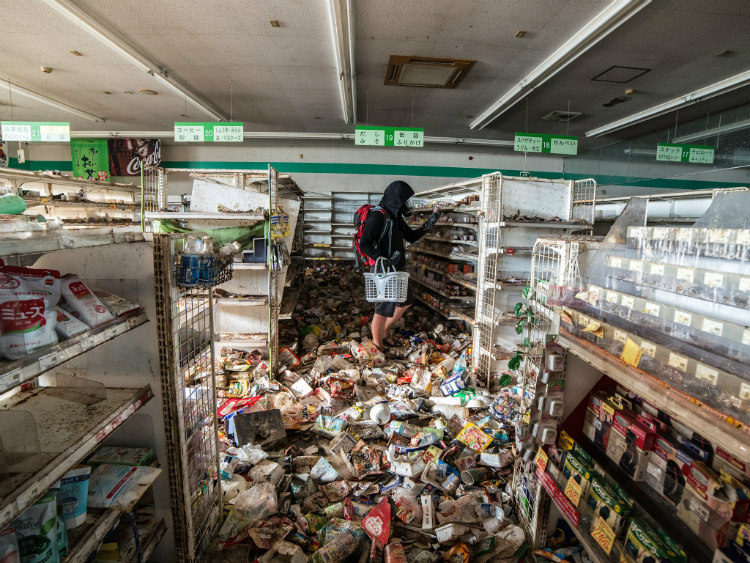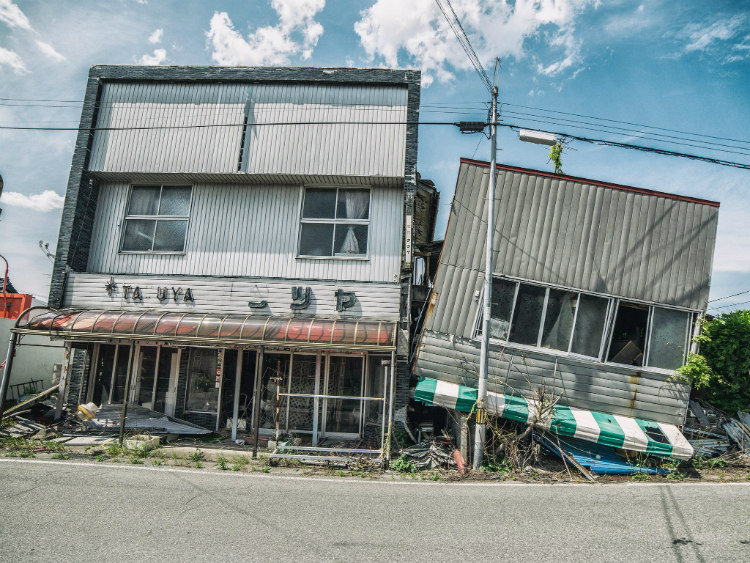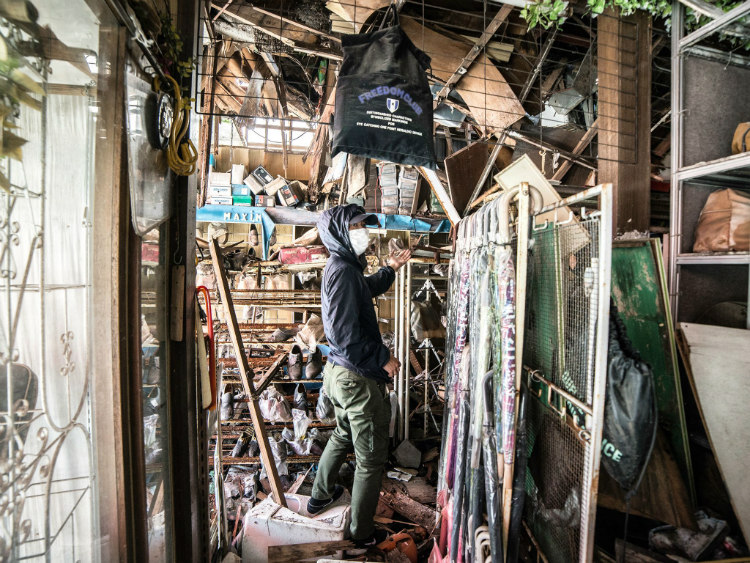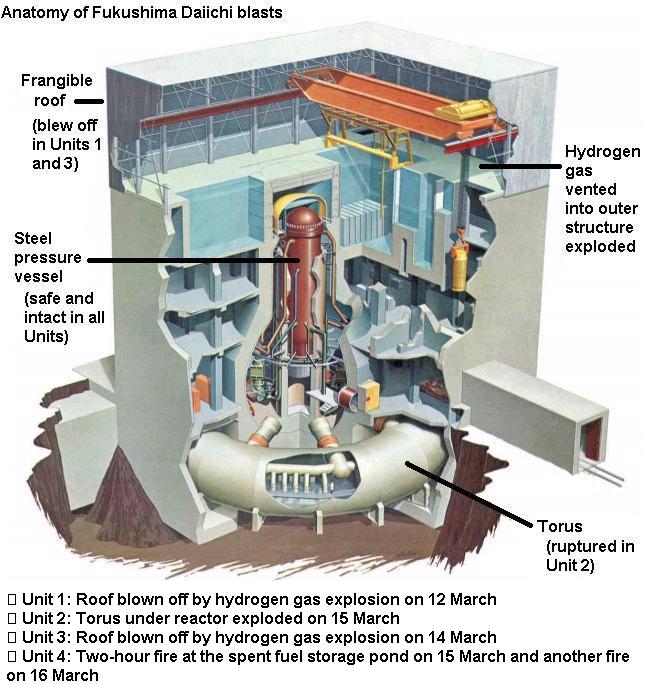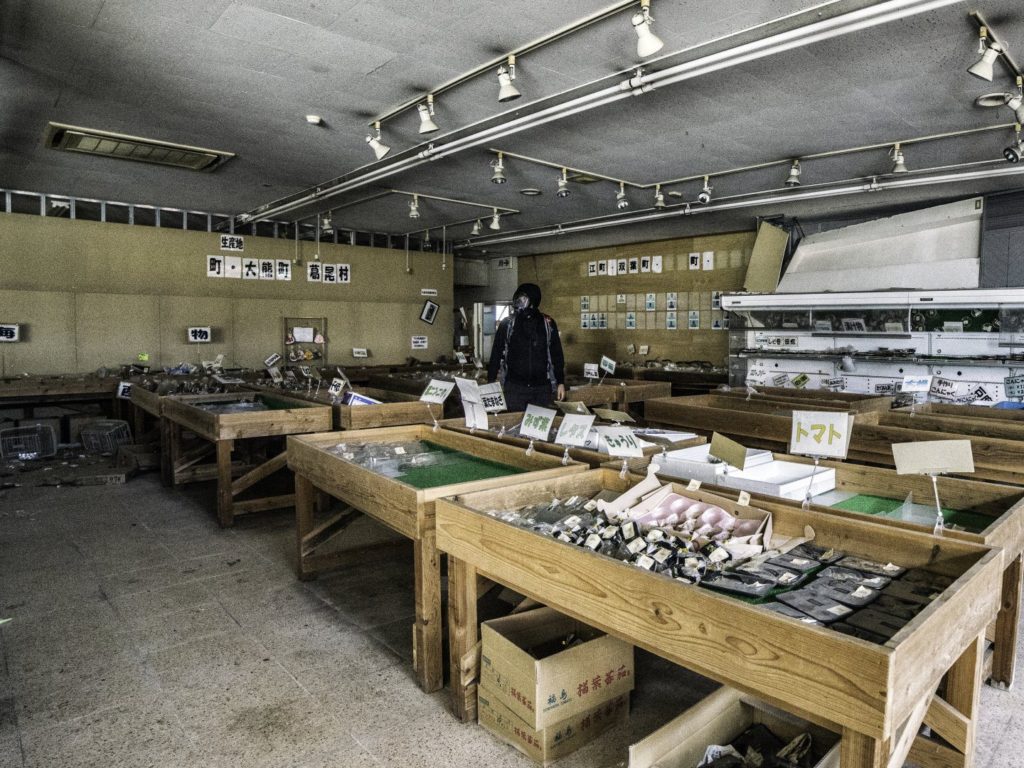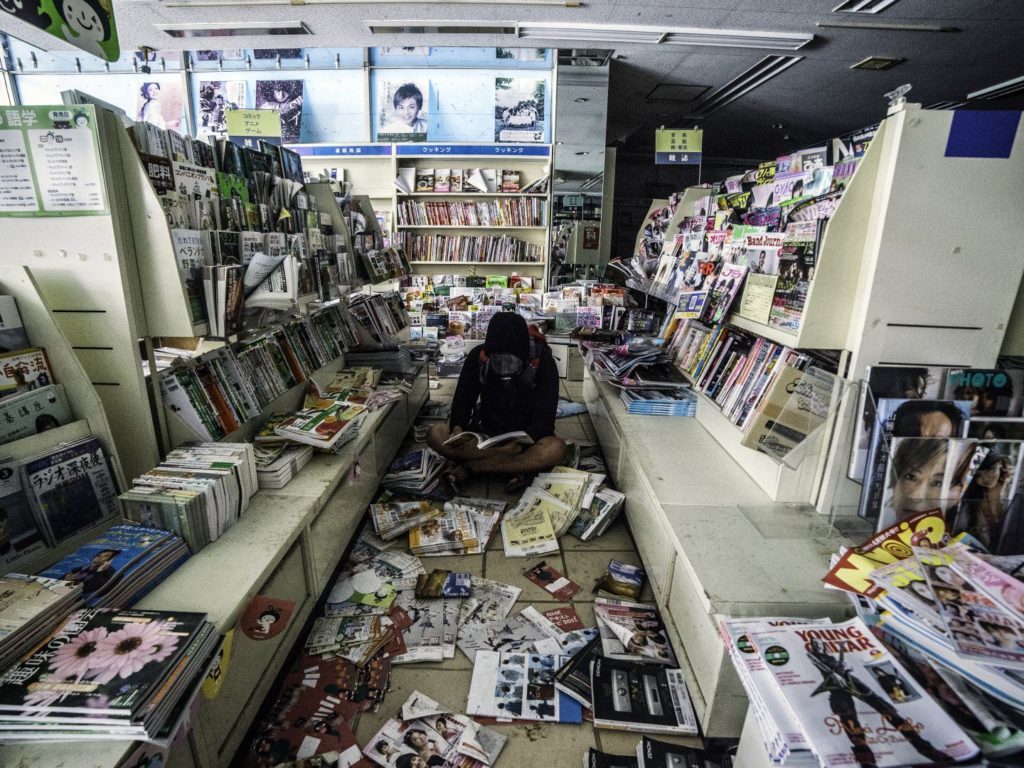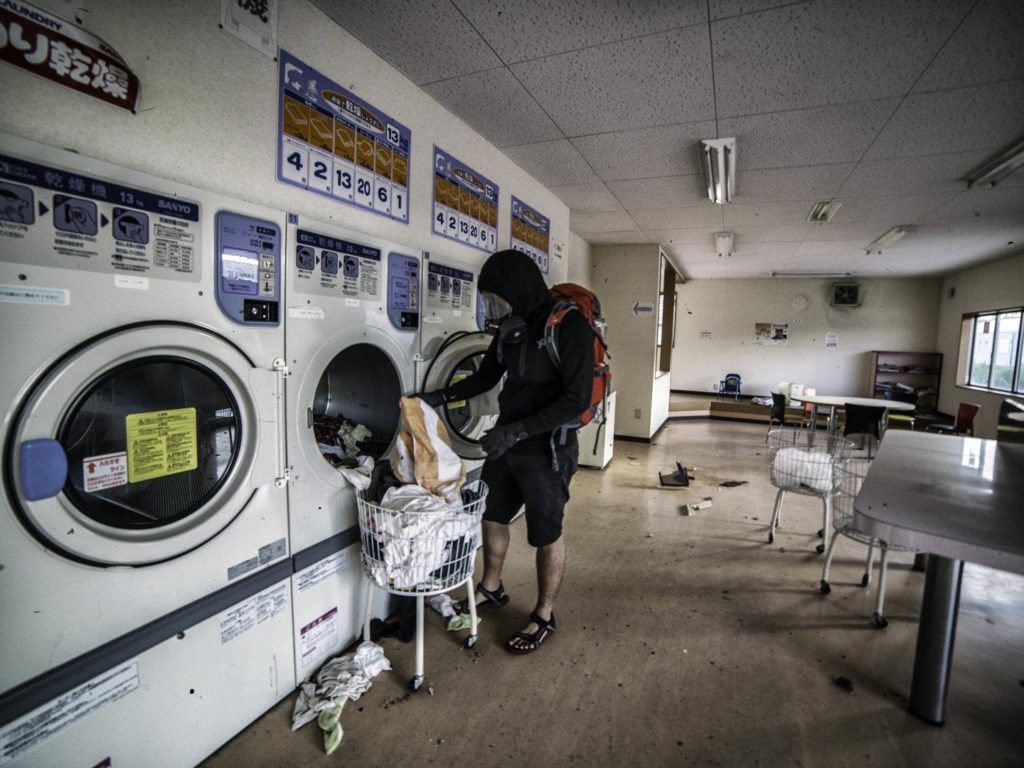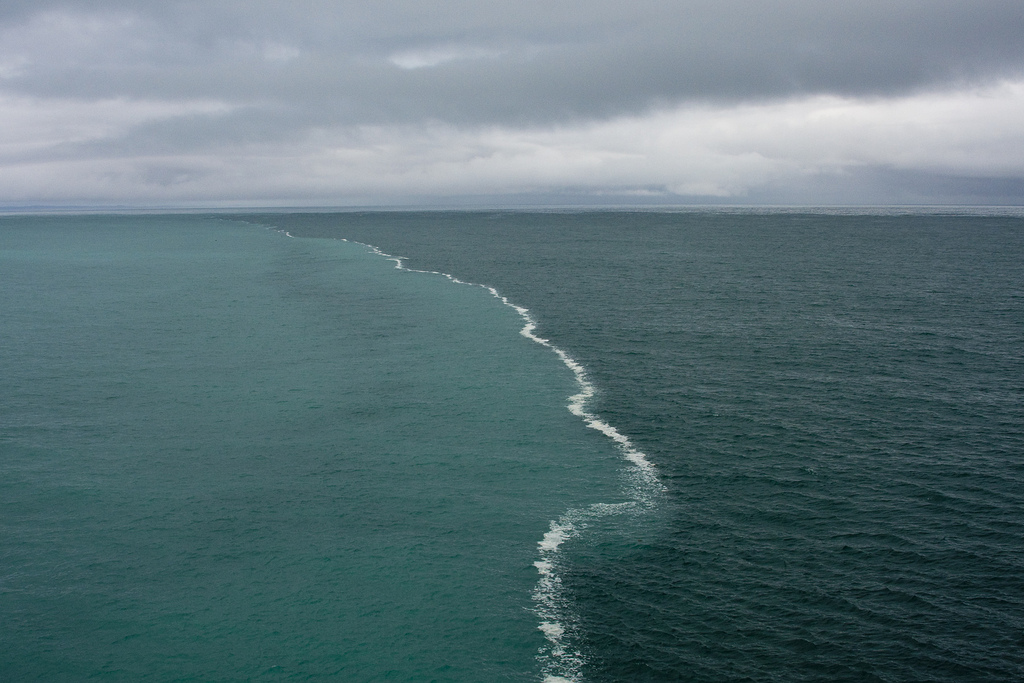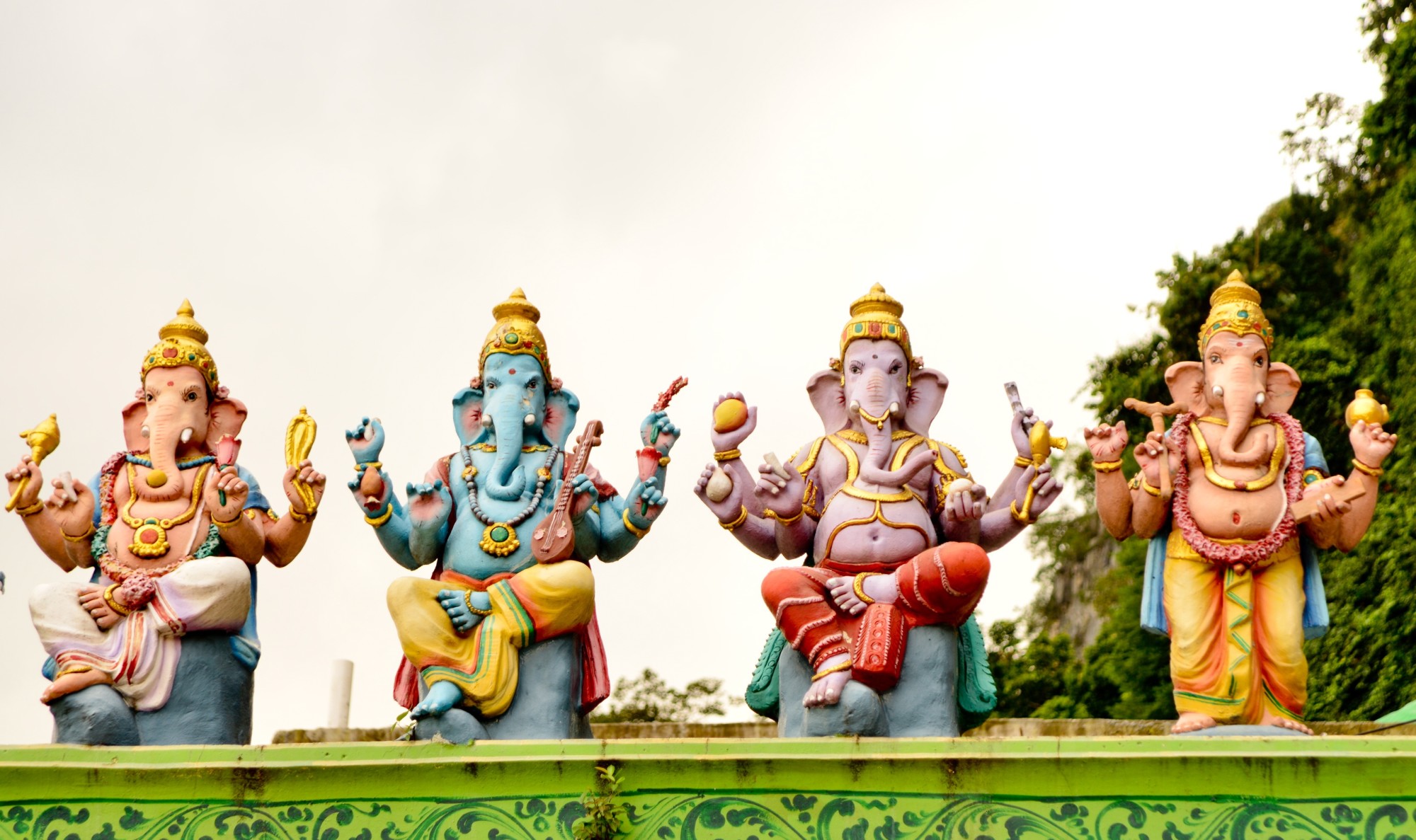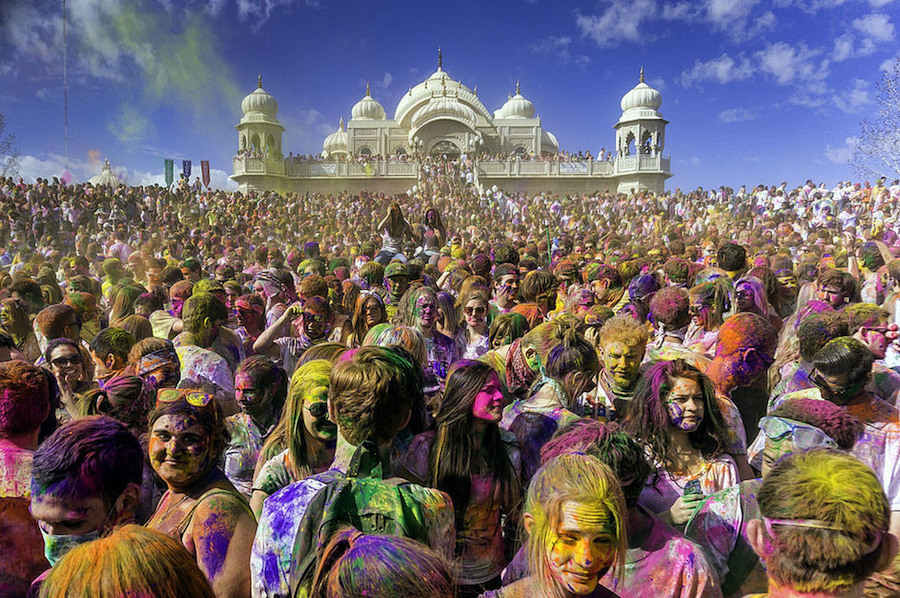Know the cause what made Fukushima a Red exclusion zone.
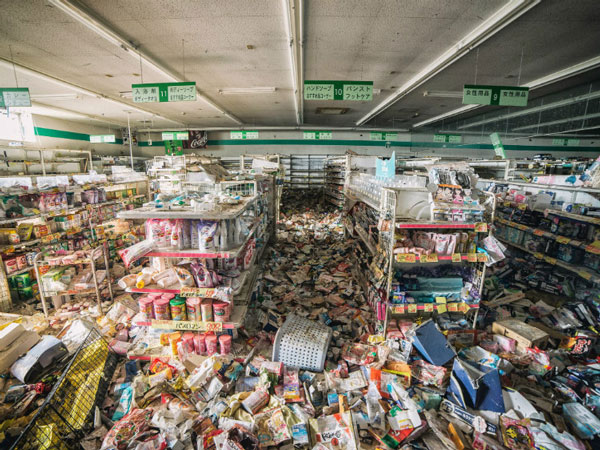
11 March 2011: On this day, Japan witnessed one of the worst nuclear disasters at Fukushima Daiichi that turned it into a zombie city. A city under the dome of nuclear radioactivity that has taken away everything from people. After five years from that incident in 2016, a young Malaysian photographer Keow Wee Loong entered inside the ‘Red exclusion zone’ to show how the city is packed with all the belongings but no one can use it.
But why this happened?
The world recognizes Japan for their advancement in technology. But there are certain things that one has no control on – “Natural disaster.” In 2011, Fukushima was hit by the Tohoku Earthquake and Tsunami, which was the most powerful earthquake to be ever recorded in Japan, a 9.0 magnitude.
That tsunami was massive, and Japan was not as prepared as they thought previously to handle such a high-scale disaster. This affected the water cooling system of Fukushima Daiichi which was located pretty close to the shore. The water tank that was constantly supplying coolant to the nuclear reactors broke down, and it triggered a level 7 nuclear emergency.
Fact: Magnitude of the earthquake was so high, and its effect was so grave that it actually brought Japan 2.4 km closer to North America.
Did Japan foresee the disaster happening?
If you analyze the Holocene sequence from the Sendai area, in every 800 to 1100 years a massive earthquake, followed by a tsunami hits the area. Somewhere 500 BC to 1000 BC a massive earthquake and tsunami happened and next between 859 – 877 AD, the Sanriku Earthquake, and Tsunami devastated the same area. And in the next 3000 years, 3 more earthquakes and Tsunami happened in this area of Sendai.
The last one, Tohoku earthquake hit the Pacific coast of Honshu on March 11, 2011, at 2:44 pm followed by a Tsunami in less than an hour.
How did the Nuclear disaster happen at Fukushima Daiichi?
Fukushima Daiichi is 220 km north-east of Tokyo. There were six nuclear plants where units 1, 2 and 3 were operating and the core of unit 4 was unloaded; 5 and 6 were shut down. These were Boiling Water Reactors (BWR). That means the heat in the core is produced by fission reactions where boiling water was turned into steam, which went directly to the turbine. That drove the generator to produce electricity. The core was made of uranium and controlled by control rods from the bottom to stop the fission reaction in case of an emergency.
There was no way to provide coolant to the Uranium core, and all working vents also got shut off after 24 hours. Now, the major problem was that fission reaction generates heat because of the fuel present there even after the process was off. This rose core temperature up to 2400 degree C. As a result, the core melted to form radioactive magma corium. At the same time, steam which was present inside the nuclear reactor was loaded with radioactive elements. As pressure increased, entire gas and steam present inside had to be released which contained a high level of hydrogen (highly inflammable in contact with oxygen) which caused the explosion.
Fact: After the incident, Japan lost 30% of its electricity power.
What did Keow Wee Loong see inside?
First of all, that is prohibited zone and he absolutely had to sneak in via the forest route. There he saw a city where everything was kept intact; the animals were left alone by the owners, and there was enough radioactive contaminated food for them. Everything in the city was left and not even looted, unlike what happened in Chernobyl.
Here are some of the pictures that Keow Wee Loong clicked inside the Red Exclusion Zone:

